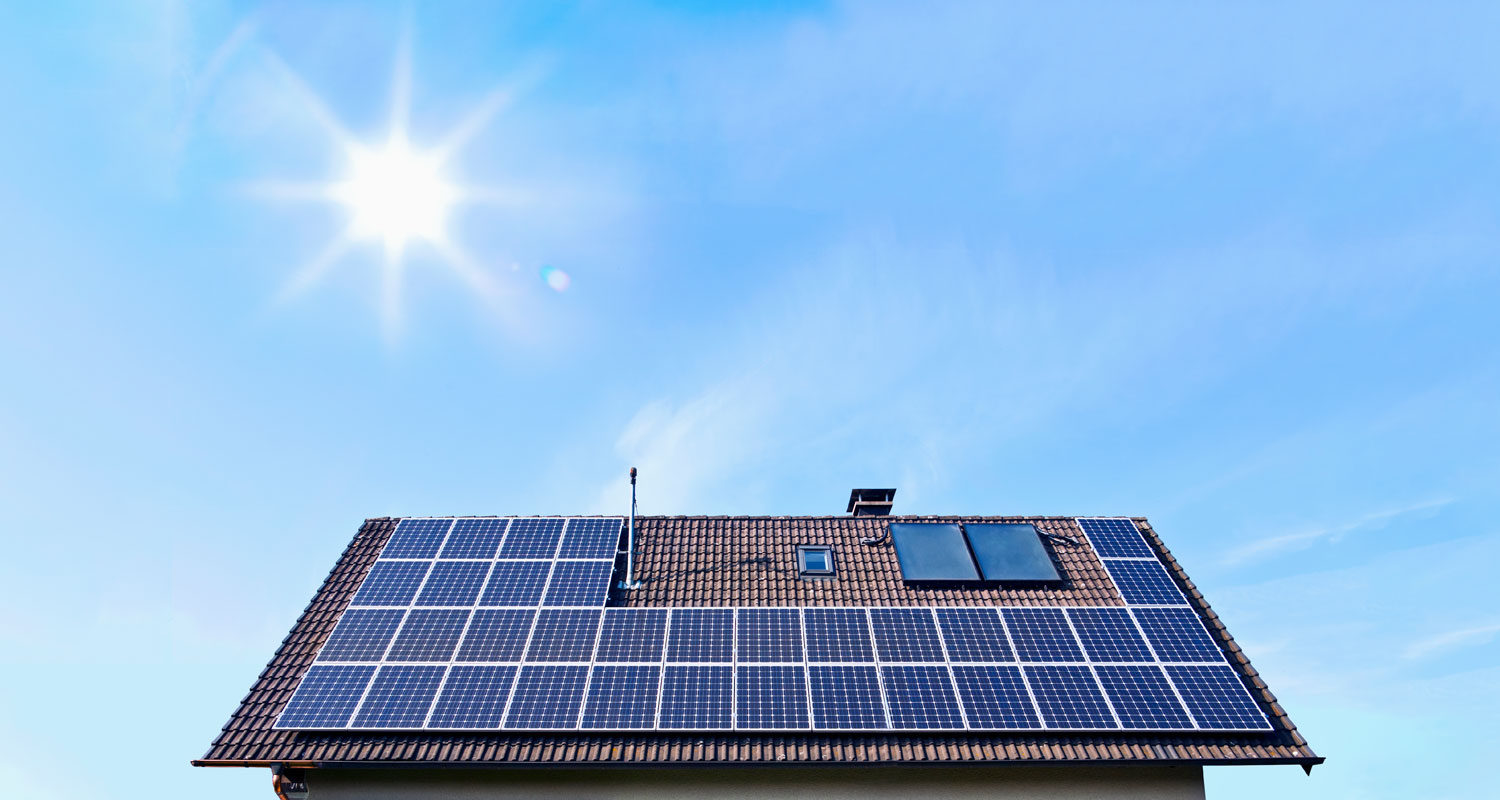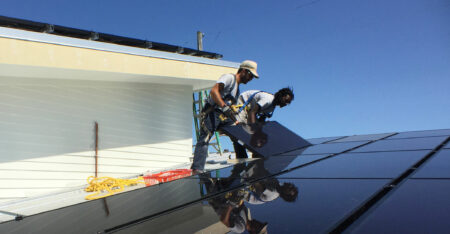 With South Africa experiencing its worst year of load shedding to date, there is a surge, not surprisingly, in demand for alternative power solutions from homeowners and businesses alike.
With South Africa experiencing its worst year of load shedding to date, there is a surge, not surprisingly, in demand for alternative power solutions from homeowners and businesses alike.
Solar is emerging as a popular option, allowing people to reduce their reliance on Eskom at a time the utility is asking the regulator to approve a 32% increase in tariffs.
Protecting your home or business from power outages and rising electricity costs is a major investment. The payback will be worthwhile, provided you do your homework and select a solution that is tailored to your needs. But there is also a number of pitfalls for the unwary, from poorly specified systems to fly-by-night installers.
Here is a step-by-step guide to solving your Eskom headache:
1. Optimise your electricity usage
Before looking into alternative and backup power solutions, it can be beneficial to reduce the amount of electricity you use. For example, if you’re still using electricity to cook, it might be a good idea to switch to a gas hob and oven. Replacing your lights with energy-efficient LED light bulbs is another quick win. You might even be able to find some with battery backup that can give you light during loadshedding.
2. Determine your goals
The next step is to think about exactly what you want from a backup or alternative power solution.
Is your primary goal to have a reliable power supply for some lights, computers and a TV during load shedding? Or do you mostly care about reducing your monthly electricity bill? The answers to these questions will determine how you will prioritise your solar investment.
If your goal is to save money, you can start by putting in place solar panels and an inverter. Solar panels will pay for themselves in electricity savings over a number of years. But with a grid-tied solar system, your solar power will not work during load shedding. You can add batteries at a later stage if you’re on a limited budget.
If your immediate priority is to have electricity supply during outages, you can begin with lithium-ion batteries and a hybrid inverter, adding solar panels over time. Batteries are expensive, and the more you install the longer the payback period will be – but it will be worth it once you start seeing how you generate your own power. We recommend lithium-ion batteries over lead-acid (deep cycle AGM) batteries because they have a long lifespan.
Going completely off-grid means putting a solution in place that completely frees you from reliance on Eskom. You generate all your own power. In our experience, specifying solar panels, generators and battery storage that provide complete grid independence is too expensive to be practical for most small businesses or homes.
A grid-tied system is connected to the municipal or Eskom grid. Your solar power will stop flowing during an outage for the safety of electricians working on the line. The more solar panels you install, the more of your daytime electricity consumption will be catered for by your solar system. You can use batteries to provide power when there is an outage.
3. Measure your power consumption
An energy audit can help you understand exactly what size system you require. You can use your monthly electricity bill to give your installation partner a guideline. But a far more accurate approach is to have an energy meter installed and have it run for a week or two to get data about your typical power usage during the day and night. Do also keep winter and summer months in mind – as they do differ in energy consumption and where you are located.
4. Think about your budget and financing
Once you understand how much power you consume, you can start looking at your budget.
Accessing funding to pay for your solar installation is an important consideration. There are a few specialist financing solutions for residential solar. However, my recommendation is to use your access bond if you have one. Your monthly savings on their monthly electricity bill will offset at least some of the interest on the money you took from your bond.
5. Size your system and plan an upgrade path
It would not be surprising if you find that you can’t afford to pay for a complete solar solution all at once. The good news is that you can take a phased approach to spread the costs over time. If your priority is to save money on electricity, you can start with solar panels and an inverter, adding more panels and batteries over time.
Or you can start with a hybrid inverter and batteries to protect yourself from load shedding, then add solar panels later. Plan your upgrade path to reduce the risk that you’ll encounter compatibility problems down the road.
For example, be aware that some products may be discontinued in future years. Work closely with your installer to choose the right components for your needs.
 Throughout this journey, the advice of a solar installation company can be invaluable. Look for a company with qualified electricians and engineers on its team, preferably specialists in renewable energy. Their qualified electricians should be registered with the departments of energy and labour. They should be able to offer you flexible and realistic proposals about how you can achieve your goals.
Throughout this journey, the advice of a solar installation company can be invaluable. Look for a company with qualified electricians and engineers on its team, preferably specialists in renewable energy. Their qualified electricians should be registered with the departments of energy and labour. They should be able to offer you flexible and realistic proposals about how you can achieve your goals.
Also, ensure that they work with high-quality vendors that back their products up with long warranties and guarantees. Their track record is another important consideration. Some things to look out for include an established, multi-year track record with a list of contactable references; a strong commitment to aftersales service; and generous warranties.
6. Get it installed and signed off
At last, your installation partner can book the work in and install your solar solution. The installation, if grid-connected, must be signed off by a professional electrical engineer (Pr Eng) who is registered with the Engineering Council of South Africa. Your system must also be registered with the municipality or local authority — again, your partner can help you choose and design a system with the correct equipment (refer to the City of Cape Town’s approved inverter list, as a guideline).
7. Get it insured
As a fixture to your home, your solar installation will fall under your home buildings policy.
Be sure to let your insurance know about it, so that you’ll be covered if your panels get torn off your roof by the wind or if a bolt of lightning fries the system.
Do be sure to check whether your insurer has any additional requirements for insuring the system, such as asking you to install a lightning arrestor. Insurance won’t cover you for loss and damage due to wear and tear over the years. That’s another reason to go with high-quality products that are backed up by a five to ten-year warranty.
- The author, Christiaan Hattingh, is MD of energy solutions provider AWPower


